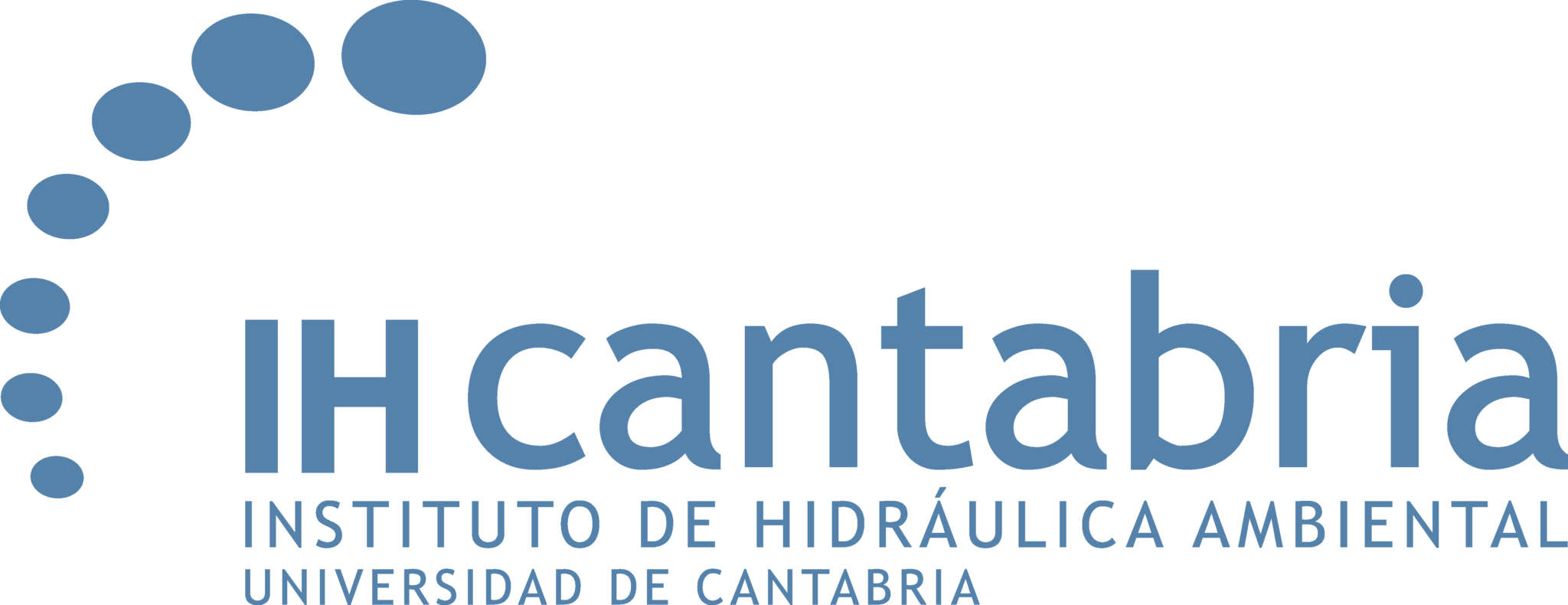IHCantabria proposes new numerical modeling to better characterize landslide-generated tsunamis
This tool allows to expand the knowledge on the generation of tsunami waves by landslides and to improve the characterization of their impact on coastal areas.
Researchers from the Environmental Hydraulics Institute of the University of Cantabria (IHCantabria) have developed an innovative 3D numerical modeling, carried out on the OpenFOAM open source platform, which is suitable for modeling the processes of generation of tsunami waves produced by landslides, with good accuracy and low computational cost.
The authors of this work are Alessandro Romano, Javier Lara, Gabriel Barajas e Íñigo Losada and the study has been published in the scientific journal Coastal Engineering. The research is the result of a collaboration between IHCantabria and the Università di Roma Tre, Italy, where the first author is a professor of coastal and harbor engineering.
According to one of its authors, Javier Lara, “the objective of this work has been to generate scientific knowledge and tools that allow us to characterize, in a more accurate way, how these processes of energy transfer between the landslide and the generation of the tsunami wave are”, in addition, the researcher highlights that one of the main achievements of the project in which this study is framed has been “the reduction of uncertainty when characterizing this type of processes and speeding up the calculations, to ensure greater accuracy and speed in obtaining the results”.
Another of the authors, Alessandro Romano, explains that “the characteristics we have sought, developing this numerical modeling, are two: accuracy and good computational efficiency. Both characteristics are very important for this kind of phenomena that are very localized, both in space and time, particularly in confined geometries, such as bays, reservoirs and islands”.
The results of the aforementioned study have been mainly the verification of the formulations used, becauses the researchers were able to blend a model of the behavior of the rock mass falling on the water with the behavior that describes how the water transforms and deforms, generating those tsunami waves, and how those tsunami waves propagate both near the impact area and away from the impact area, interacting with the coast.
The new numerical modeling, referred to in the above study, was validated by comparing several cases of landslide-induced tsunamis many years ago. To validate this modeling, it was used benchmarks (experimental databases) addressing different slip classes (2D surfaced, 2D submerged and 3D surfaced).
The validation of this model showed good agreement between numerical and experimental results regarding the behavior of granular materials during sliding and impact with water, as well as characterizing the behavior of the fluid and the waves generated in the process. This is evidence that the new model is able to accurately reproduce the energy transfer between the granular and fluid phases, using a simplified rheology model that uses fewer parameters than others that occurred previously, and allows predictions with a lower level of uncertainty for this type of problem.
The recently published paper includes quantitative comparisons between experimental and numerical results, analyzing the evolution of landslides, free surface elevation time series and runup time series. It also contemplates qualitative descriptions of the numerical results, addressing landslide behavior, tsunami wave generation characteristics and the velocity field during the generation and propagation process.
This study is of great relevance, since landslide-generated tsunamis represent a significant threat, due to their serious consequences. The complexity of the phenomena related to their generation, propagation and interaction with the coast make accurate modeling crucial to mitigate the risk associated with tsunamis. Javier Lara is confident that this research will open a door to better characterize this type of tsunamis, in order to assess the consequences they can produce in coastal areas, both in lakes and coastal areas. “This prediction will allow us to generate another series of measures that facilitate adaptation or preparation for the arrival of these tsunamis, in order to prepare coastal areas to contain, as far as possible, or mitigate the possible catastrophic consequences that the tsunami may have, when it reaches the area,” adds Lara.
Therefore, the approach developed in this paper offers a valuable tool for understanding and predicting landslide-generated tsunamis, as well as opening the door to future research on complex physical processes and mechanisms related to tsunamis.
For more information on the characteristics of this study, the full content of the article published in the journal Coastal Engineering, under the title “Numerical modeling of tsunamis generated by granular landslides in OpenFOAM®: A Coulomb viscoplastic rheology”, can be accessed through the following link: https://www.sciencedirect.com/science/article/pii/S0378383923001151?via%3Dihub.



